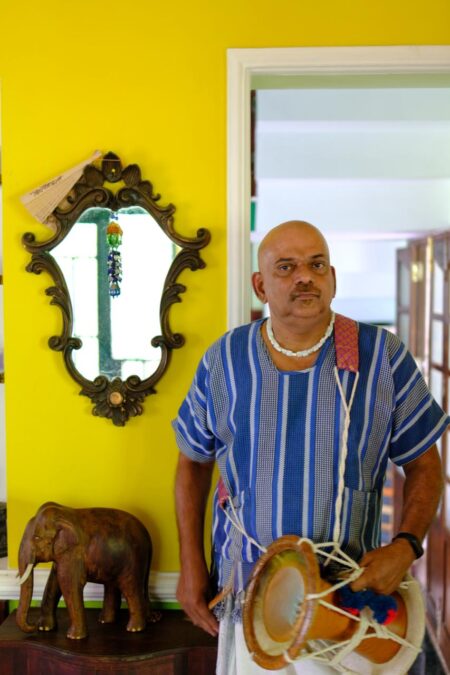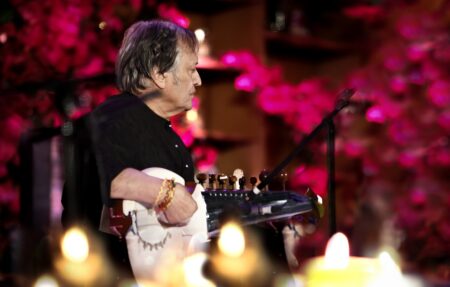How percussion is still an efficient mode of communication in Africa.
Whenever I hear about seminars/workshops on melams – they are a dime a dozen in Kerala these days – my mind takes a trip down the memory lane, back to around four decades. Those were the days when I had my first tryst with African rhythms. It appeared strange to me that their percussion art does not anchor on any strict sastra as ours. This is the case with most of their performing arts as well. For the same reason, those performing these art forms need not undergo strict tutorials for a performance of any kind. It is quite a spontaneous action. Music, rhythm and dance for Africans are essentially a way of life.
It was in 1978 that I touched the African soil for the first time. The port of call was the city of Calabar, in the West African country of Nigeria. Even as the aircraft was taxiing towards the terminal, I could hear ecstatic beats from a phalanx of drums to the accompaniment of cheerful singing and dancing from a crowd all attired in traditional costumes. I could gather from a fellow passenger that they were there to give a traditional welcome to a VIP passenger in the plane – not me, of course.
The VIP was the traditional ruler of Calabar and he was returning to his ‘kingdom’ after a tour of the neighbouring state. I could locate him easily as he was moving down the ramp. He was dressed in flamboyant costumes and jewellery. The very sight of their king at the door of the aircraft had a galvanising effect on them. The tempo of the beats became faster and the dancing and singing gathered momentum. As for the king, he identified himself with his subjects by joining them in the dance! Their movements were so graceful that no Natyashastra, Abhinaya Darpana or Hastalakshanadeepika could explain it. They were all copied from nature. It was evident that for Africans, nature was their ‘guru’.

Even today I remember with a little bit of awe and shock, my first experience in the college where I joined as the head of the Department of Physics. Preparations were in full swing right from early morning for a meeting of the PTA to be held later in the evening. Around 3:00 in the afternoon I could see parents arrive in luxury cars such as Volvo, Mercedes, and Peugeot, etc., in droves. I was delighted to see the women attired in traditional costumes with heavy headdresses made of cotton and colourful dhoti-like attires. The boys and girls welcomed their parents with traditional dance and music. I was fascinated to see this familiar scene, which I saw at the airport, being performed in the college too.
Rhythms of Africa
A sumptuous feast including alcoholic drinks followed the meeting, and everyone was socializing. To me, it appeared the right time to familiarize myself with the wooden drum that blared out beats of unfathomable energy a short while ago. The ‘African Chenda’, as I christened it, was visibly two feet long, cut from the main cylindrical trunk of a huge tree. It was hollow and had two slits on one side for the sound to escape as one beat the two parallel sides with sticks while keeping the drum horizontal.

I examined it very closely; made two or three beats with the sticks before reproducing almost the same beats drummed out by the boys for the dance. Soon I felt somebody’s hands on my shoulders. It was a fellow teacher. He told me in a hushed voice, “Paul, don’t touch it; once our people come to know that you have mastered their rhythms, they will finish you!”
That put my interest in African percussion on the back burner for some time. Still, as days passed on, the strange experience continued to haunt me. I decided to understand something about this mysterious art by contacting the Department of Culture that was very active in Cross River, a state in the southern part of Nigeria. Everyone gave only prevaricating answers. Soon it became clear that certain aspects of their culture are kept secret and no African would even divulge them to members of another tribe let alone to someone like me who is from a different continent.
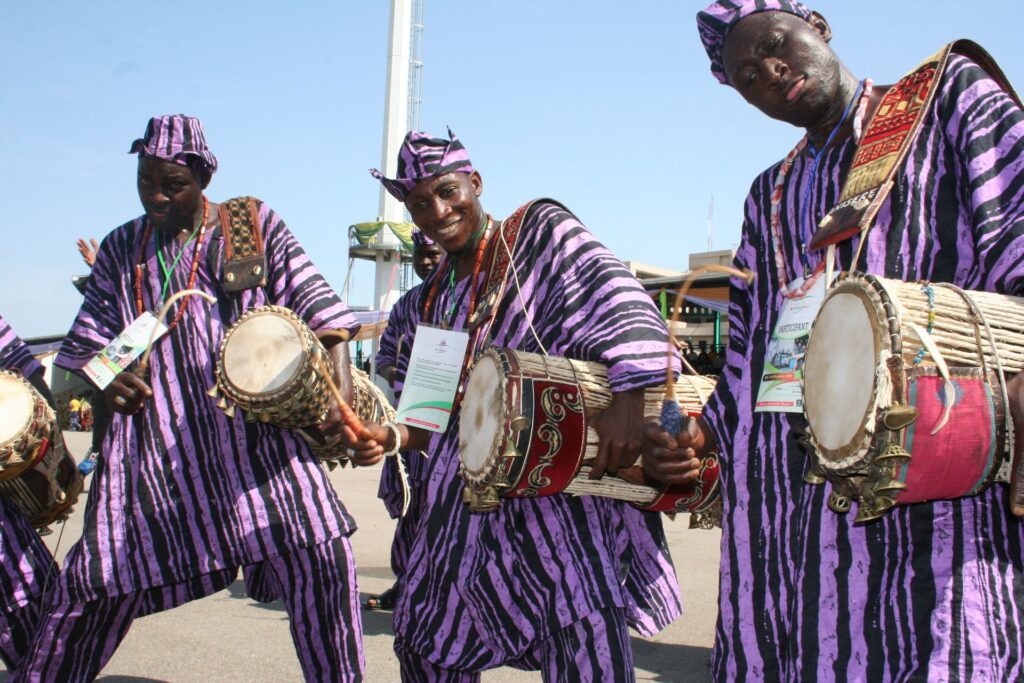
In fact, not even the Principal of the college, a local who had his education in the UK, would share these details. He was so fond of Indians and used to say Indians are the best science teachers everywhere in the world. While travelling in his car, he would always ask me to drive. Once, in a staff meeting, he even went to the extent of praising me like this, “Look at Paul, he applies physics into driving”. However, when it came to matters about his culture, he was a different person. He would say, “These things are very difficult to explain in English”.
Still, I continued my efforts by watching many rituals to which I was exposed to, thanks to the Principal and live cultural shows, among other avenues. Once, I even had a chance close encounter with the efficacy of rhythm in communication. It was 8:00 in the night when a colleague and I were returning home with our respective families after visiting another colleague who was sick. Of the 15 km we had to travel to reach my place, 10 km was untarred village road. It meandered through a forest. For the uninitiated, 8:00 pm is like midnight in African villages, with no light anywhere and movements are also very rare. As we proceeded through the mud road, we reached a roadblock fabricated by scraps of broken vehicles and several other junk-like materials. It seemed like a real installation; not a simple hurdle to cross. I stopped the car and looked to either side. It was pitch dark and not even a soul was around. I put the headlight dim and then bright. A few minutes passed before I could hear some strange voices, mainly men shouting. From both sides, a group of men armed with bows, arrows and some even guns and torches were fast approaching the car.
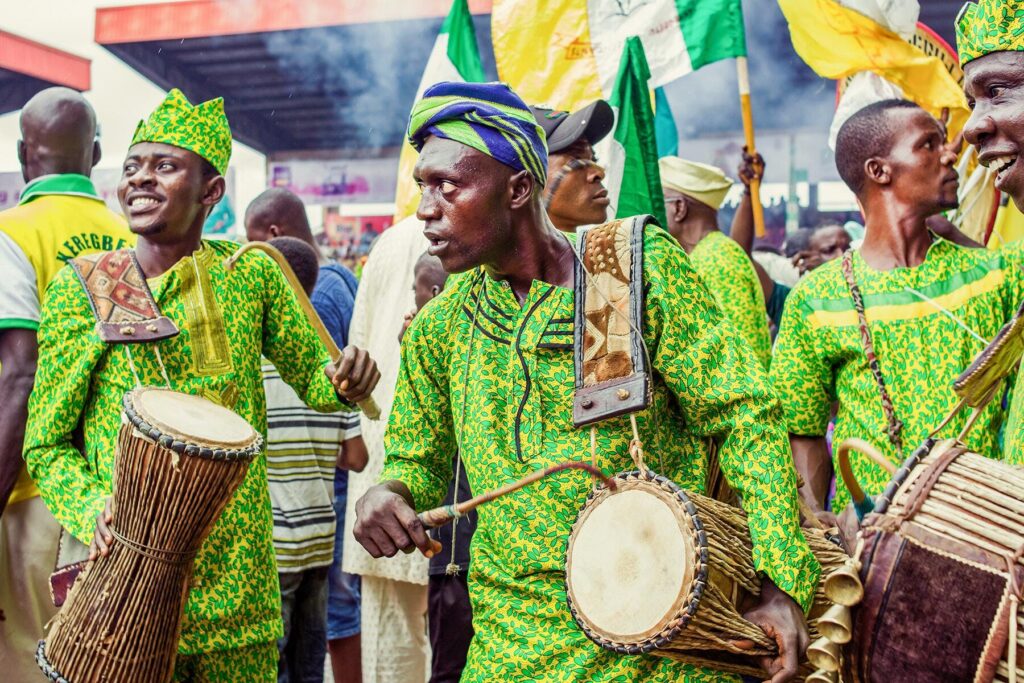
“Who are you, people? Where are you travelling at this time of the night? Where are you staying? Are you thieves?” – a volley of questions were shot at point-blank? I switched on the light inside the car. “Oh, you are mbakara?” (mbakara means a white man in the local dialect). For them, any man without curly hair like theirs is a white man, even a Dravidian like me, for that matter! After much quizzing, they appeared satisfied with my answers. Then followed the explanations and apology. “We are doing this for the protection of you people as well. Armed robbers frequent these areas for money during this time. That’s why we erect such roadblocks. Hereafter don’t travel at night. Ok, you can go.” And then his command, “Hey man there, open”.
Talking drums
As I was trying to manoeuvre the car through the small gap the man had provided, we started hearing a flourish of drums. The beats had a peculiar pattern and were reverberating in the woods. For a moment, we were totally speechless wondering about our fate. After a 10-minute drive, we reached the next roadblock, only this was partly open. We could hear vigorous beatings on a drum as we successfully passed through it. At three or four such hurdles we had the same pleasant experience as they were open by the time we reached there. But the drum beatings followed us until we reached the main road when everything started appearing normal.
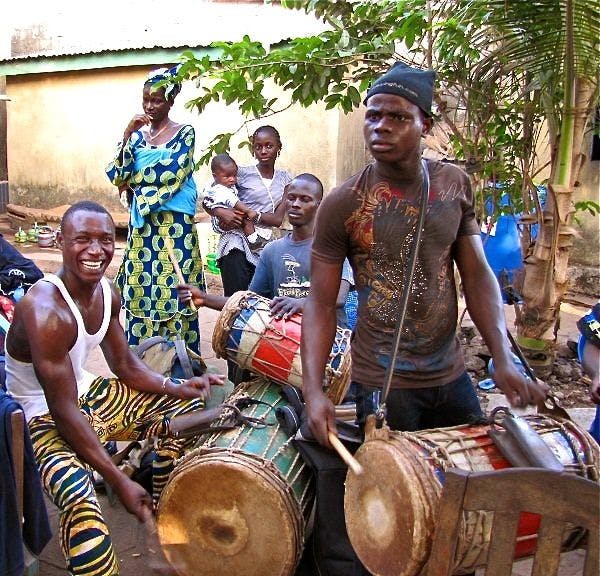
Back home, all of us heaved a sigh of relief. But as I went to sleep, I was thinking about the rhythm patterns that sent messages to the next roadblock, to open it as if to announce that the people were ‘friendly’ and not enemies.
Yes. It’s true. All art began as a medium of communication. It still is. This experience proved that an esoteric mode of distant communication is still extant in these parts of Africa.

It was interesting thereafter to observe and listen to wild drumming in the night from various corners. They carried messages or sometimes warnings to the villagers of “an enemy who has crept into the village”, or “tomorrow night we will have a get-together with palm wine and dance till morning”, or “we will be at war with the neighbouring village from tomorrow”, or “a village meeting at the village head’s residence tomorrow”, etc. The rhythm patterns are kept a secret for the safety of each community.
One can trace the genesis of all art forms only in Africa. But few have ventured to delve deep into them. Africa has been and still is a continent for exploitation for the rest of the world. But the extreme care with which the Africans preserve their cultural identity even during these days of globalization is worthy of emulation to all.
Write to us at [email protected]


